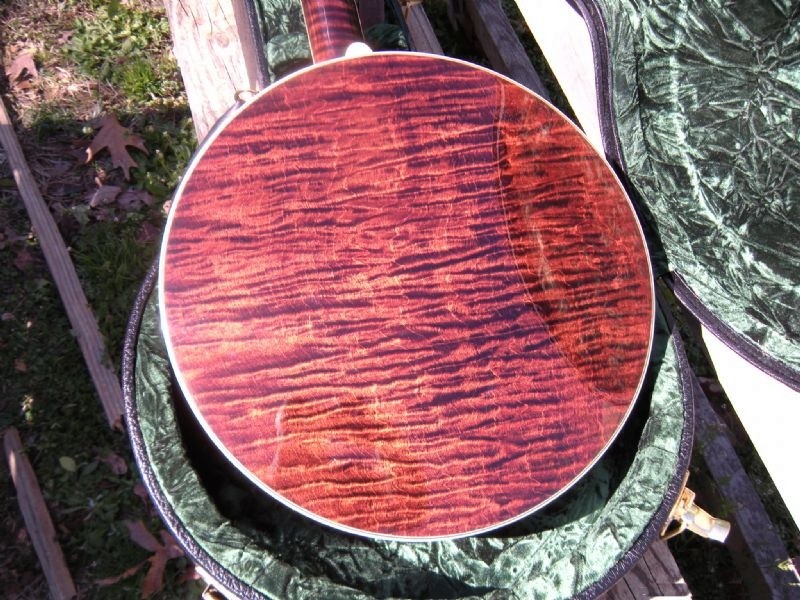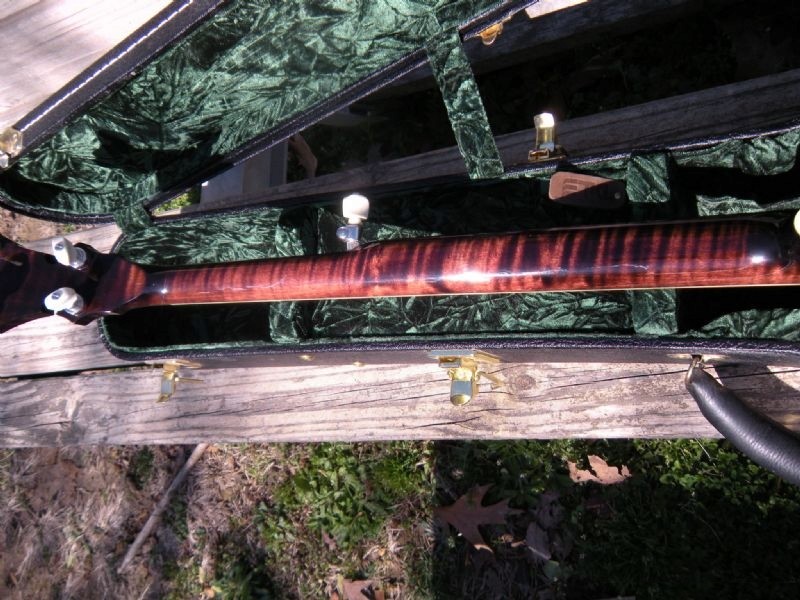Buck Conner1
Well-Known Member
- Joined
- Oct 20, 2015
- Messages
- 4,592
- Reaction score
- 558
SUBJECT: HOW DO YOU PROTECT THE FINISH ON YOUR GUNS
I just thought of a new subject for us to kick around on gun finishes. I've seen anything from tobacco juice to boiled linseed used on gun finishes over the last 65 to 70 years. It would be interesting to see what you use and the experiences you or your friends have had with different ideas on this subject.
I have used many of the products advertised but keep going back to good old "boiled linseed oil".
What's in your wallet (sorry "in your gun cabinet").
I just thought of a new subject for us to kick around on gun finishes. I've seen anything from tobacco juice to boiled linseed used on gun finishes over the last 65 to 70 years. It would be interesting to see what you use and the experiences you or your friends have had with different ideas on this subject.
I have used many of the products advertised but keep going back to good old "boiled linseed oil".
What's in your wallet (sorry "in your gun cabinet").








